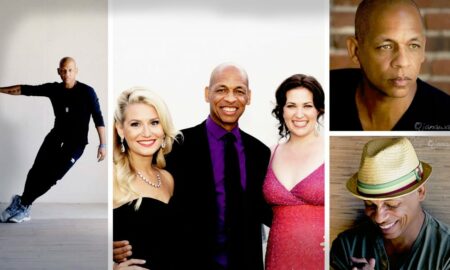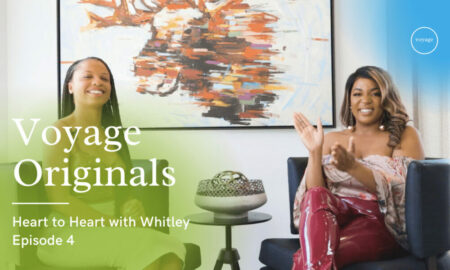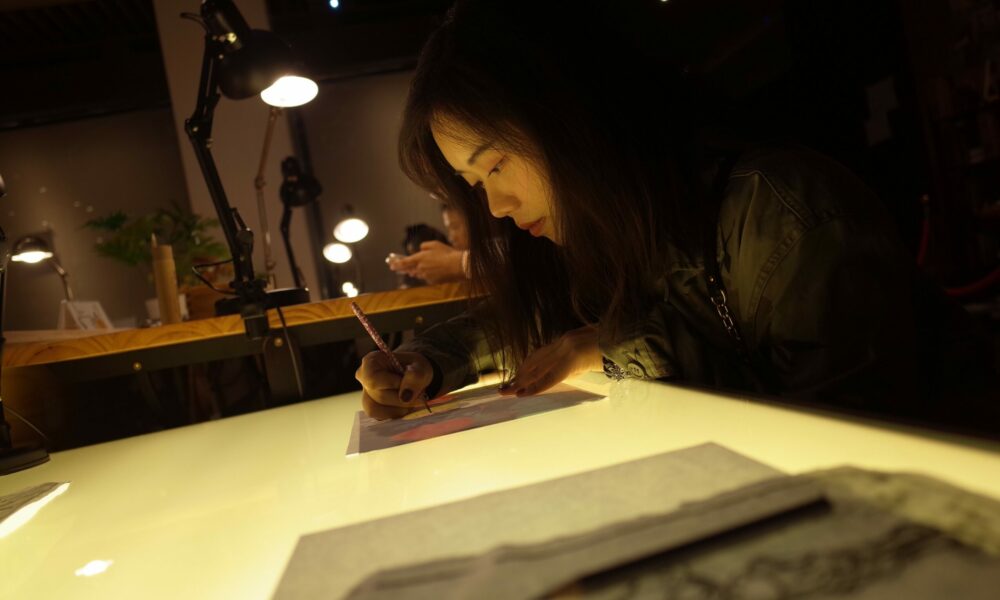

Today we’d like to introduce you to Qing Lei.
Hi Qing, we’d love for you to start by introducing yourself.
I am a graphic and UI/UX designer from Guangdong Province, a province in the south of China. My love for art and design was cultivated from a young age. As a child, I would often doodle and draw on textbooks and was addicted to Japanese manga. In the fifth grade of primary school, with my parent’s encouragement, I started to study drawing, officially marking the beginning of my career in art. At first, in middle and senior high school, my studies were limited to still life sketches and although I love art, the invariable experience of drawing objects made me feel terribly tired and dull.
Therefore, when I entered my undergraduate university, I chose the major of visual communication design and began a new exploration of art and design. For me at that time, visual communication design was a very novel and charming subject. In the field of design, I felt I could express my ideas and after about four years of undergraduate study, I had greatly improved my design skills and concepts. I had begun to understand how to use color, typography, and layout to create exciting and effective visual communication. However, my study of design at that time was limited to printing and physical objects; I wanted to explore more design possibilities, thus I decided to enroll at the Savannah College of Art and Design in the United States, Atlanta to continue my graduate studies, hoping to explore more diverse areas of design. Throughout my master’s education, I have completed a great deal of coursework on cutting-edge design trends and best practices while continuously striving to explore different fields in a bid to keep my horizons open.
With a focus on visual design, I have developed strong skills in design research, analysis, typography, layout design, branding identity design, UI/UX, interactive web design, and motion media design, etc. During my time at SCAD, I have also developed leadership and teamwork skills as well as a deeper understanding of visual communication design in general. Designers can obtain information through different views, experiences, ideas, and people, and design is also a channel of communication to help people convey these ideas and opinions to the public. In my graduate study, I realized that design should not stop at just making good-looking things for the audience to appreciate. Design can be functional and a multi-level communication practice to help people solve problems in life and bring a better experience.
We all face challenges, but looking back would you describe it as a relatively smooth road?
Design is something I love, but I have encountered many difficulties on this road: The first being the challenges of limited design thinking. Every designer has their own style, which is normal, but for visual designers, I don’t see this as an advantage. Good visual design stems from diversity and a range of possibilities. At one stage in my career, I indulged in a certain kind of design style, focusing on my aesthetics and hobbies for a period of time, resulting in very similar design styles, even in color, font selection, typesetting, and pattern design. This was distressing to me because it made me feel that I had not made progress and had stagnated, so I began to look for new design tools and methods. I started to engage with different fields, such as 3D design, to explore the possibilities that different visual design concepts can bring. The second difficulty I encountered in the learning process was caused by the need to break through the limitations of ability. In my interactive design studies—and because I hope to code my own website and better communicate with engineers in my future work—I decided to learn a programming language that I had never been in contact with before. One could say that such a task is an excruciating process. Being almost self-taught and without any guidance, it gave me both headaches and anxiety. At that time, to make even the most basic menu bar, I had to consult dozens of teaching videos and websites. As a result of overcoming this challenge, I have accumulated a significant amount of programming knowledge, which I can now apply to my interaction design projects.
Alright, so let’s switch gears a bit and talk business. What should we know about your work?
At present, my major in graphic design and visual experience focuses more on UI/UX design than traditional graphic design. In my previous work experience, I helped various brands establish their visual systems and website design. Other practical experience includes freelancing, helping to build some brands through logos, posters, social media publicity posts, and marketing material, etc. Having a solid foundation in graphic design, I enjoy specializing in user interface and experience design and it is this multidisciplinary approach that I am most proud of. At the same time, I also possess some additional skills, such as video editing, motion animation, and illustration, etc. Such a diverse range of abilities enables me to show my strength in the face of various requirements confidently. I have great enthusiasm for brand design and web design and development. I am highly motivated by the diversity and richness of ideas that each customer brings. I believe that there is a unique story behind each brand and I very much hope to explore many different brand designs. I attach great importance to creating designs that represent ideas and sounds. I enjoy helping different brands convey their voices, ideas and stories through design to help them bring a better user experience, leave an unforgettable impression, and ultimately attract more users. For me, design should not be focused on the aesthetic alone but also on how to positively affect people’s lives. This represents good and sustainable design, which is also my design goal.
Do you have any advice for those looking to network or find a mentor?
I think to be successful in finding a mentor and networking in general, the most important requirement is maintaining an open mind and a strong learning attitude. The visual design industry is developing rapidly, and the industry is very flexible, involving many professional fields; we may be restricted from appreciating other people’s work by personal preferences or other reasons. It is easy for us to judge a work of design as a set of ideas or as mechanical behavior. It is essential to keep an open mind and explore different designers and their works. To expand our mentor and interpersonal networks, we should learn to maintain an open and continuous learning attitude.
Contact Info:
- Website: https://www.luiqieng.com/
- Facebook: https://www.facebook.com/profile.php?id=100010341520210

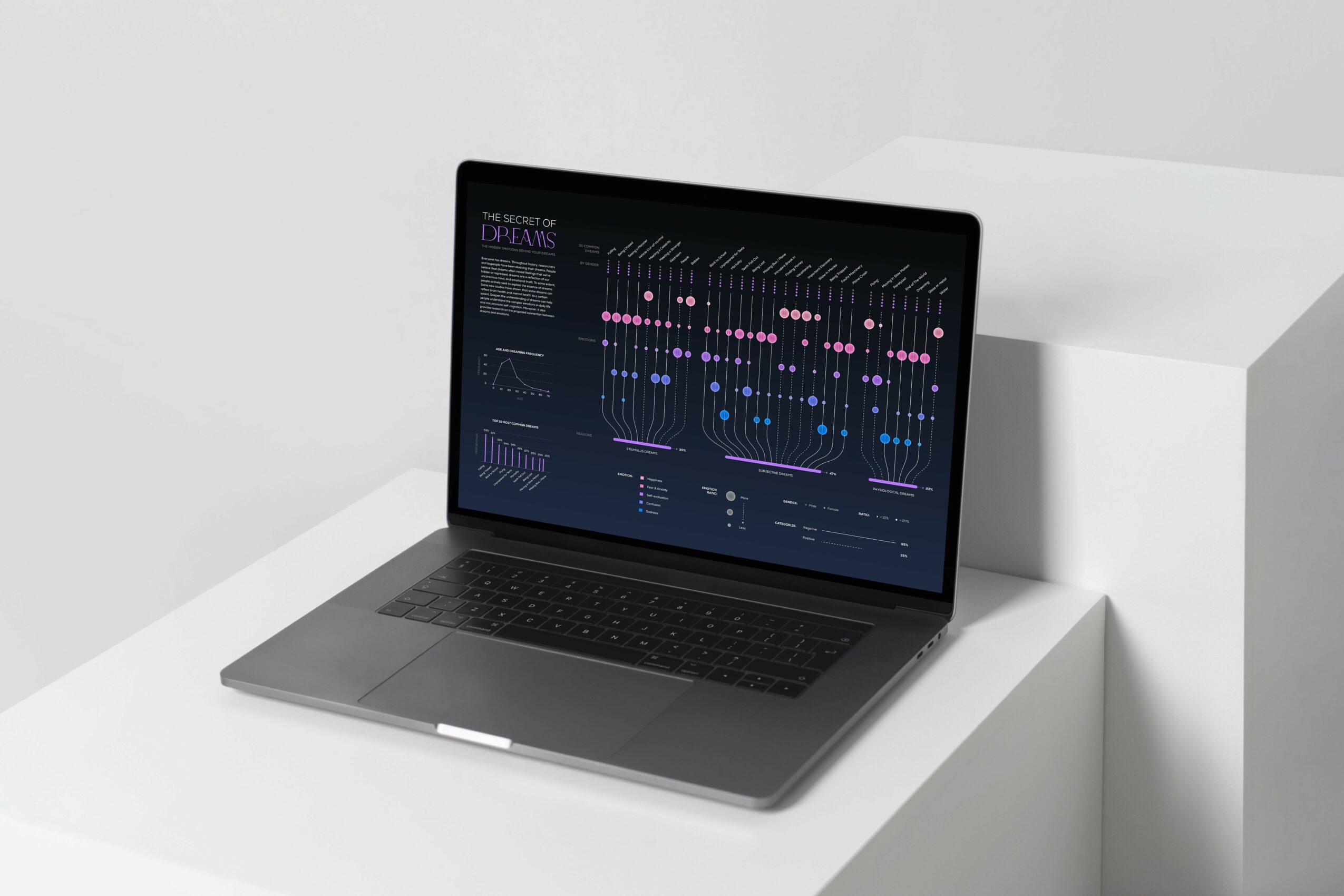
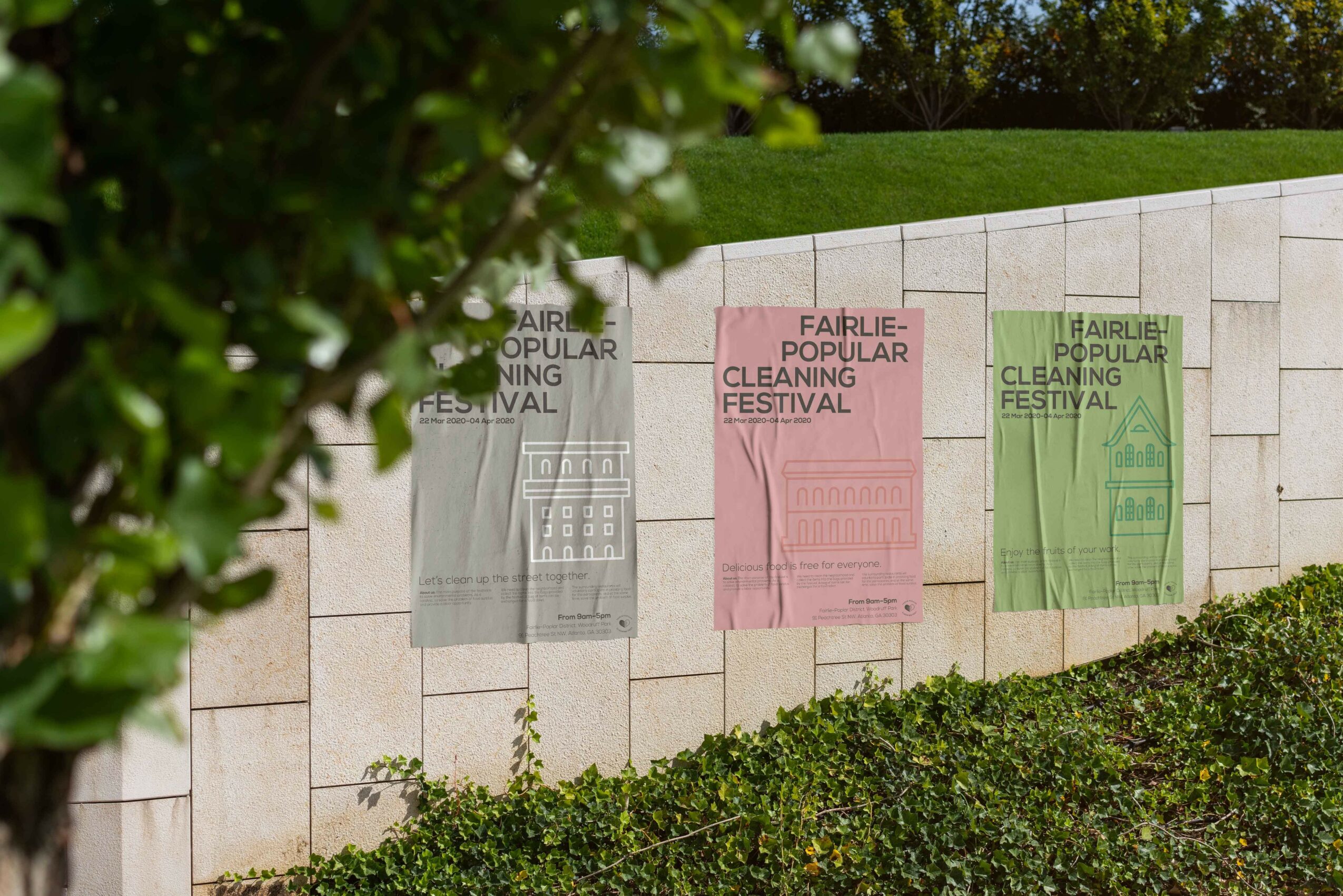
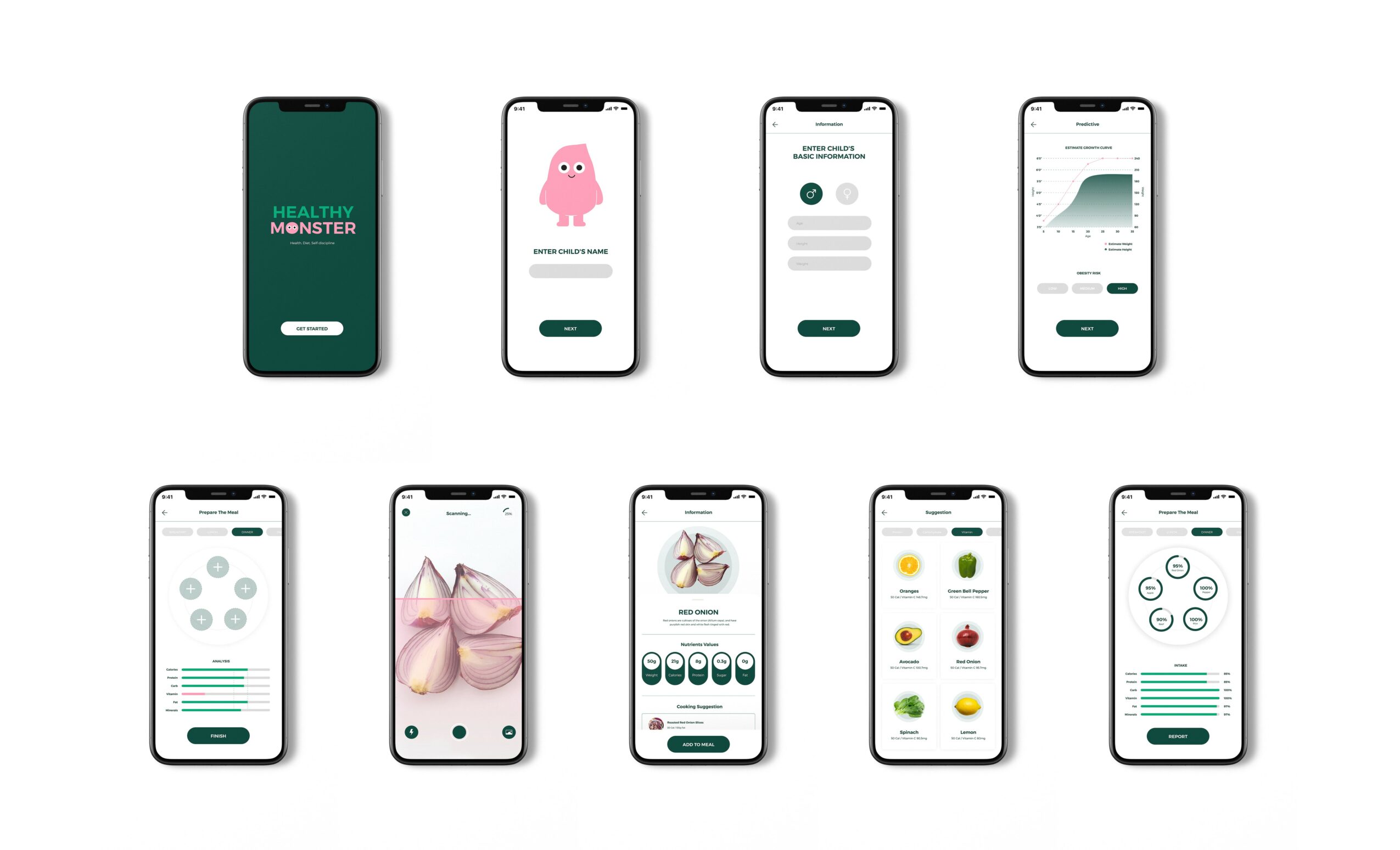
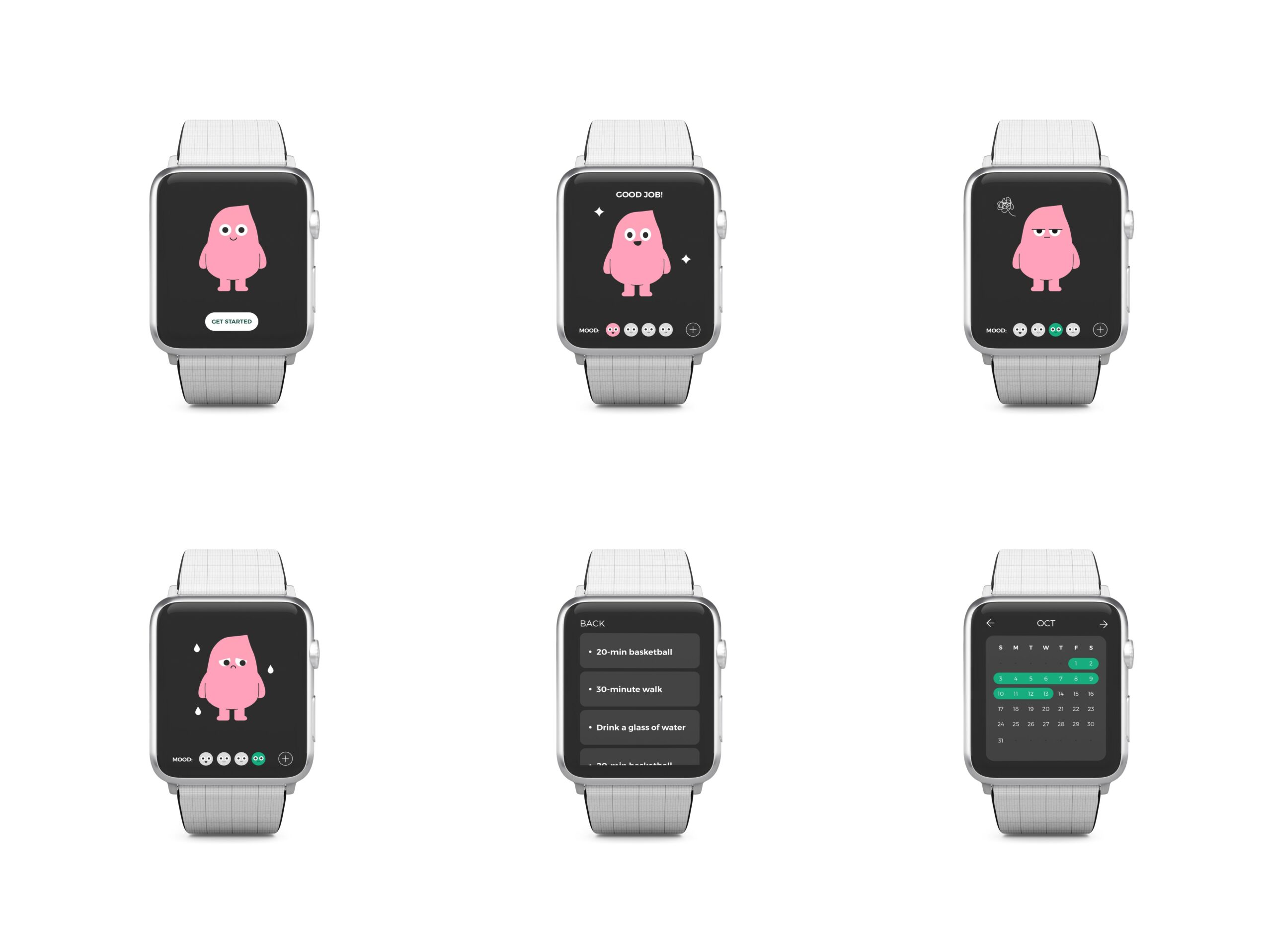
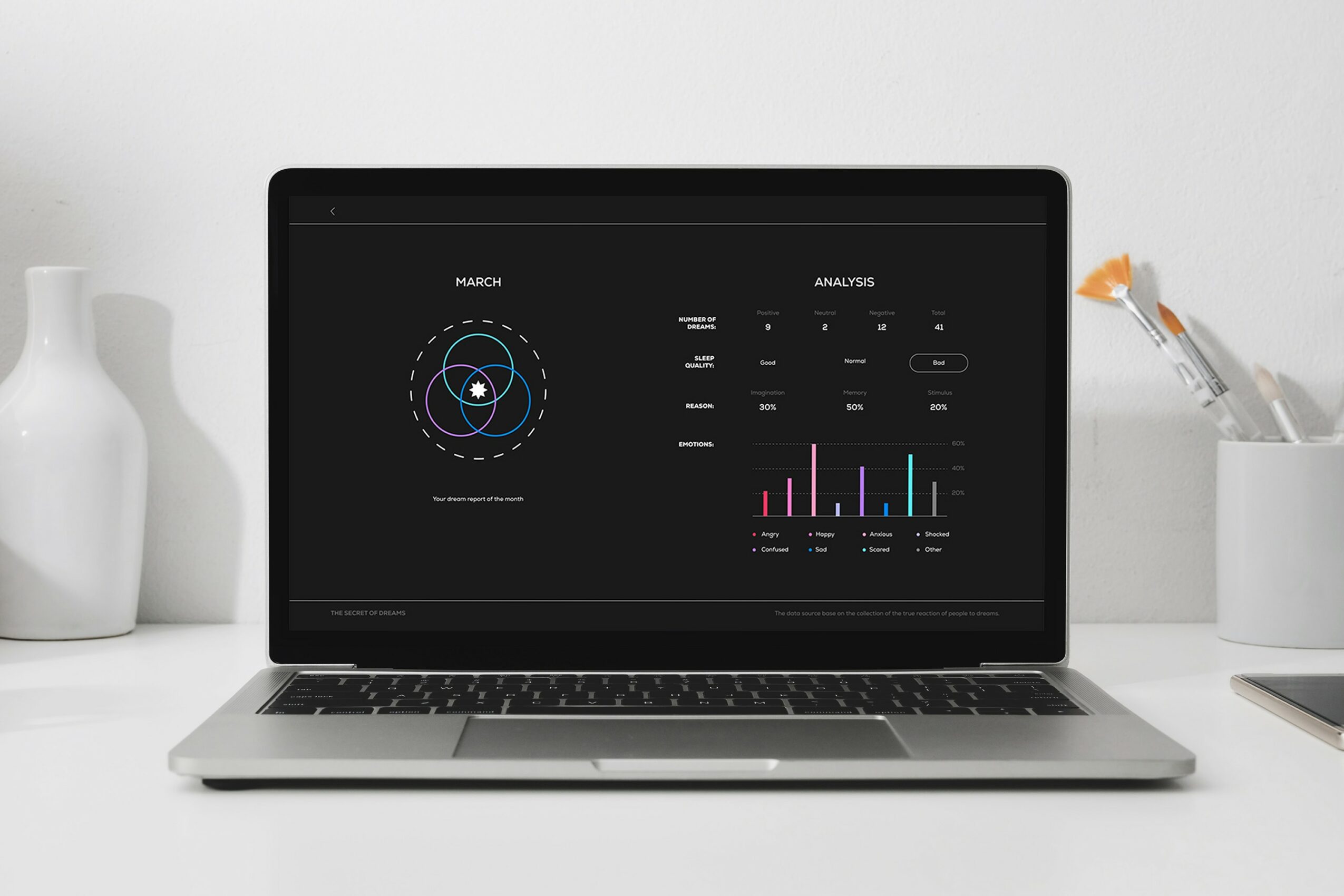
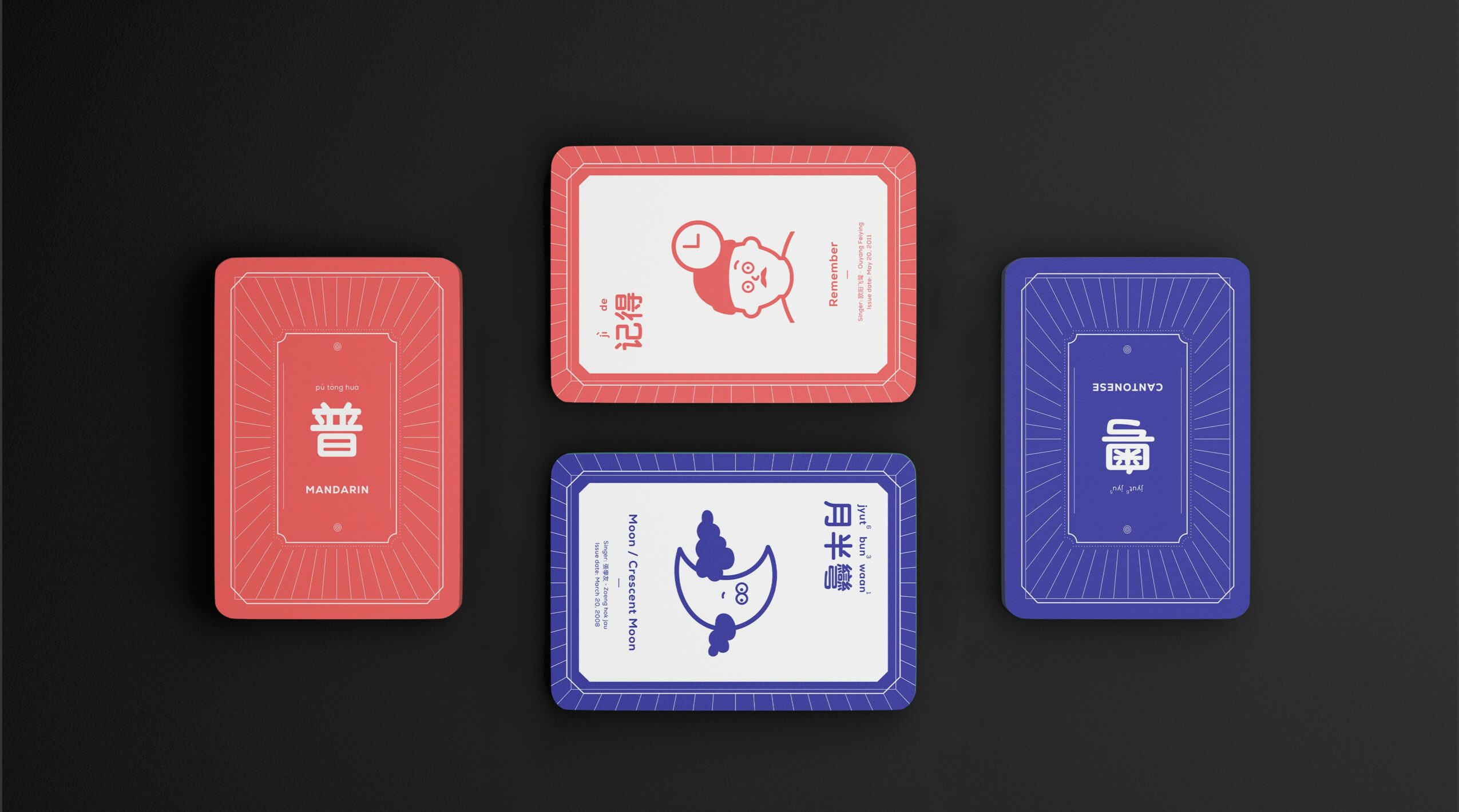
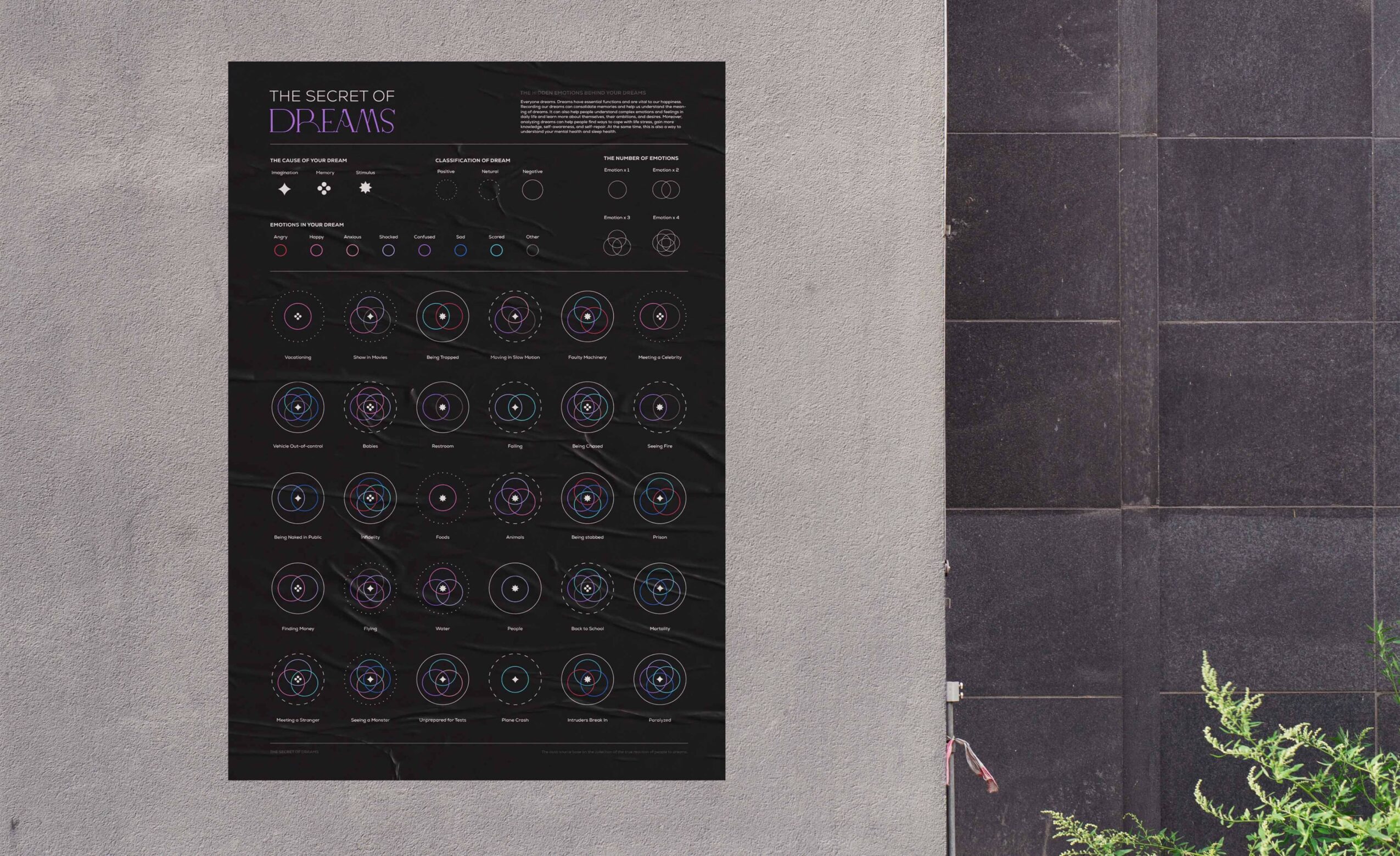 Image Credits
Image Credits
Qing Lei Design



